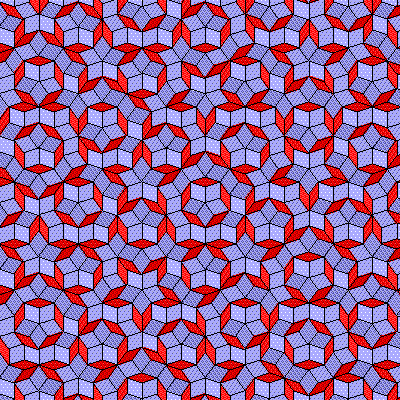The Last Supper
(Convent of Sta. Maria delle Grazie, Milan, Italy (1498), by Leonardo da Vinci).
Can you find the vanishing point? It is right behind Jesus' head. Leonardo designed the painting so that every line in it leads your eye to the most important person in the picture.
Here is some art history 'gossip' for you! Leonardo da Vinci as more than just a painter. He was a scientist, a mathematician, a scholar, and an inventor! He was always full of some new idea. He decided to play around with inventing a new method of painting frescoes (paintings on a plaster wall). He used this new idea to paint The Last Supper. Unfortunately, it wasn't a good idea after all and the painting started to flake off the wall after only a few years! The people who hired him were really mad!
The photo above is actually a cleaned up version of the painting. Here is what it looked like before repairs were done.
*****
The School of Athens
Artist Raphael
Year 1509–1510
Type Fresco
Dimensions 500 cm × 770 cm (200 in × 300 in)
Location Apostolic Palace, Rome, Vatican City
Here is some more Art History 'gossip'. Raphael was very popular with the social crowd. He always dressed very well and wore expensive colognes. He went to all the parties!
Michelangelo (the painter and sculptor) lived at the same time and in the same place. He was not popular with the social crowd. He was invited to the parties, but he chose not to go. Instead, he liked to stay up all night carving on marble sculptures. He would strap a candle to his forhead (so the light wouldn't throw a shadow on his work), which would drip wax into his hair. Then the marble dust would settle into the wax. He would be all stinky, sweaty, and dirty in the morning wondering around town.
Raphael and Michelangelo DID NOT like each other! Raphael painted Michelangelo into his painting, The School of Athens. Can you find him? Hint, he looks very grumpy. Yes! He is at the bottom, sitting on the steps.
*****
A Woman Drinking with Two Men
by Pieter de Hooch
c . 1658
Oil on canvas, 73,7 x 64,6
National Gallery, London
Look at the tiles in the floor! And the rafters in the ceiling. And the window. There are lots of things in this painting that use one point perspective!
Investigation has shown that de Hooch first drew the one-point perspective scheme and then added the figures. At an early stage, a man appeared to the left of the female servant. De Hooch later painted him out, but his outline has become visible as the upper paint layers have become more transparent over time.
 Today in class we learned about a special bowl known as 'Seppo'. It was created by a Raku master named Hon'ami Koetsu in the early 1600's in Japan. It is a ceremonial tea bowl.
Today in class we learned about a special bowl known as 'Seppo'. It was created by a Raku master named Hon'ami Koetsu in the early 1600's in Japan. It is a ceremonial tea bowl.

























1.jpg)







+dig+pics+015.jpg)